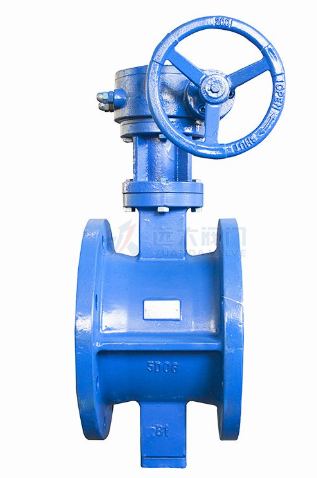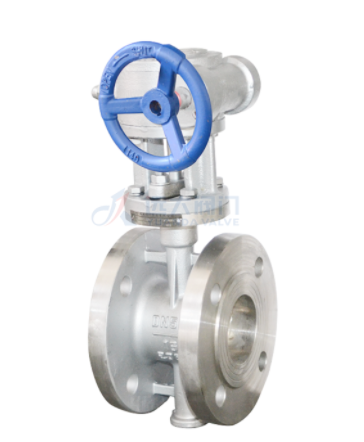When selecting a butterfly valve for your application, there are a number of things to take into consideration. What materials should be selected? What is the highest or lowest temperature that the valve needs to endure? What type of process fluid is the butterfly valve going to control?
These are just a few of the questions that you need to answer. The answers to these questions will help you determine if you need a general service or high-performance butterfly valve.
What Is A General Service Butterfly Valve
General service butterfly valves are designed for operation in—surprise, general purpose applications. The valves are supplied standard with a 10-position handle or can be automated with an air or electric actuator, providing consistent and long-lasting on/off, throttling, and isolation control.
General service butterfly valves are ideal for use in numerous industrial and commercial applications, including the control of air, water, steam, and other inert gases. The valve’s seat design allows for operation in vacuum applications. The seat covers the body, allowing for the selection of a metal body to hold the seat. The resilient seat isolates the process from the body. Different types of seat elastomers can be selected, so as to not blow the budget on an expensive metal body.
The shaft typically is one piece, goes through the disc, and is pinned. The shaft usually has bushings to act as the bearing for the shaft. These types of valves are offered in the lugged or wafer design to match piping process applications.
Torques are generally high than the high-performance butterfly valve, and the seat material limits the upper-temperature range of the valve. Generally speaking, this type of valve accepts pressures up to 285 PSI, and is found in sizes up to 30”.
What is A High-performance Butterfly Valve
High-performance butterfly valves can be used for shutoff and throttling control. They are designed to handle everything from general applications to viscous and corrosive liquids; corrosive gases and steam.
A wide variety of seat types are available including:
Fire-safe seats - designed for fire-safe applications
PTFE seat - providing bubble-tight shutoff in both directions),
Seats for dirty, viscous services
Soft seats are offered in several materials along with metal seats for the high-temperature applications. Stem seal options for fugitive emissions control, pressurized neck extensions for cryogenic applications, plus many other options are available.
High-performance butterfly valves come in sizes up to 60”, with body materials ranging from carbon steel to stainless steel. Their temperature ranges are from -20 to 900F depending on the seat design.
They also include a packing gland that allows for adjustment of the load to the packing to prevent external leakage. Seats are typically replaceable and the body has a stop to prevent over-travel. Generally, they also include a solid shaft, bodies up to class 600 ratings, and wafer or lugged manual or actuated.
To select the butterfly valve that's right for your application, make sure you take viscosity, temperature and the application itself into consideration. Still not sure which butterfly valve will work for you? Ask us about it! We'll help find just the right valve for your application.



没有评论:
发表评论